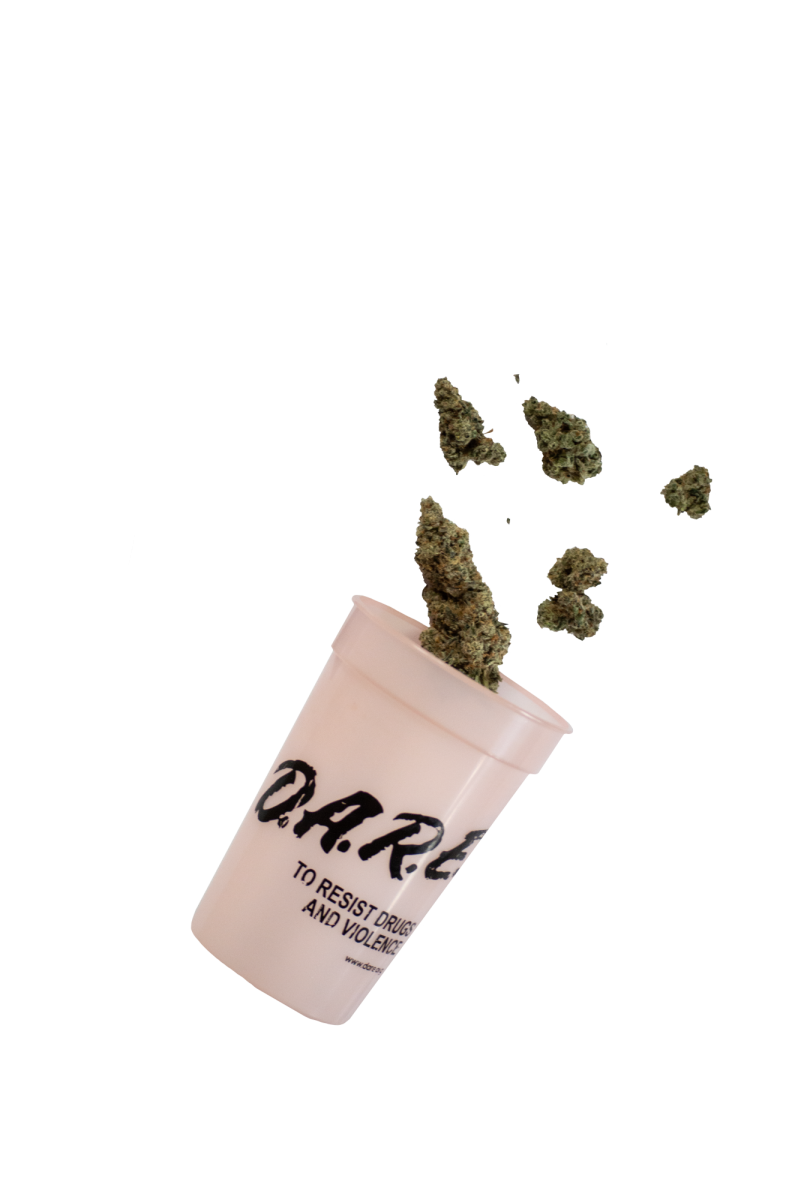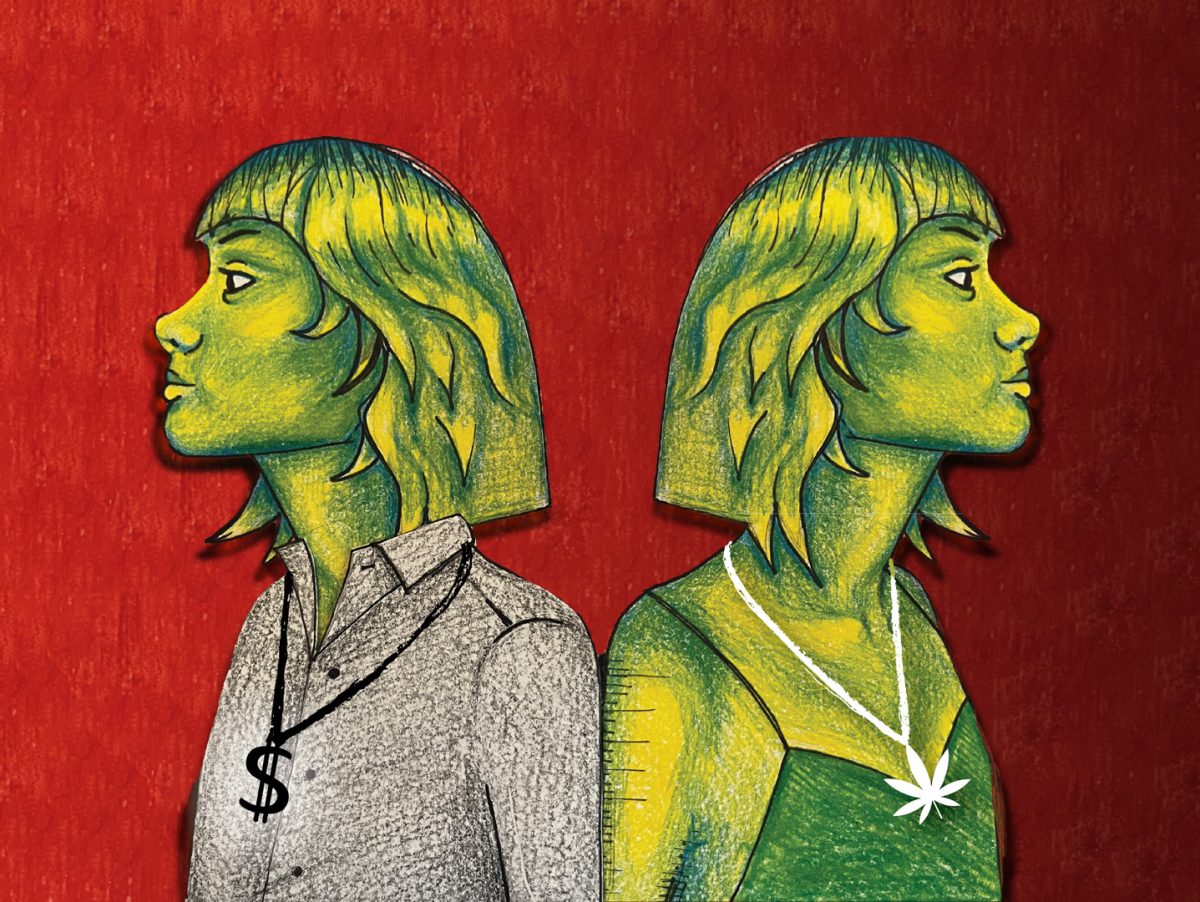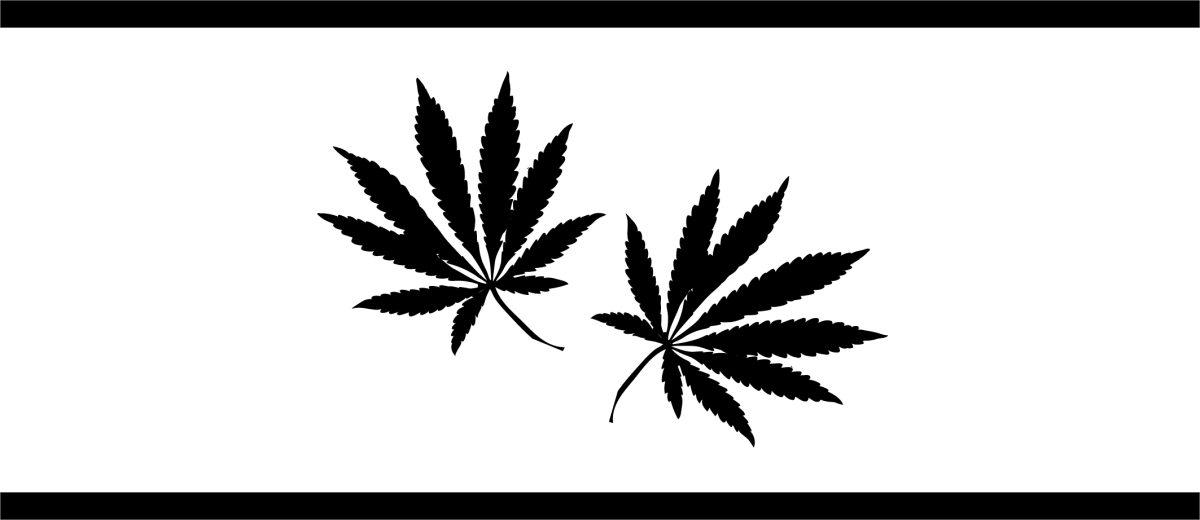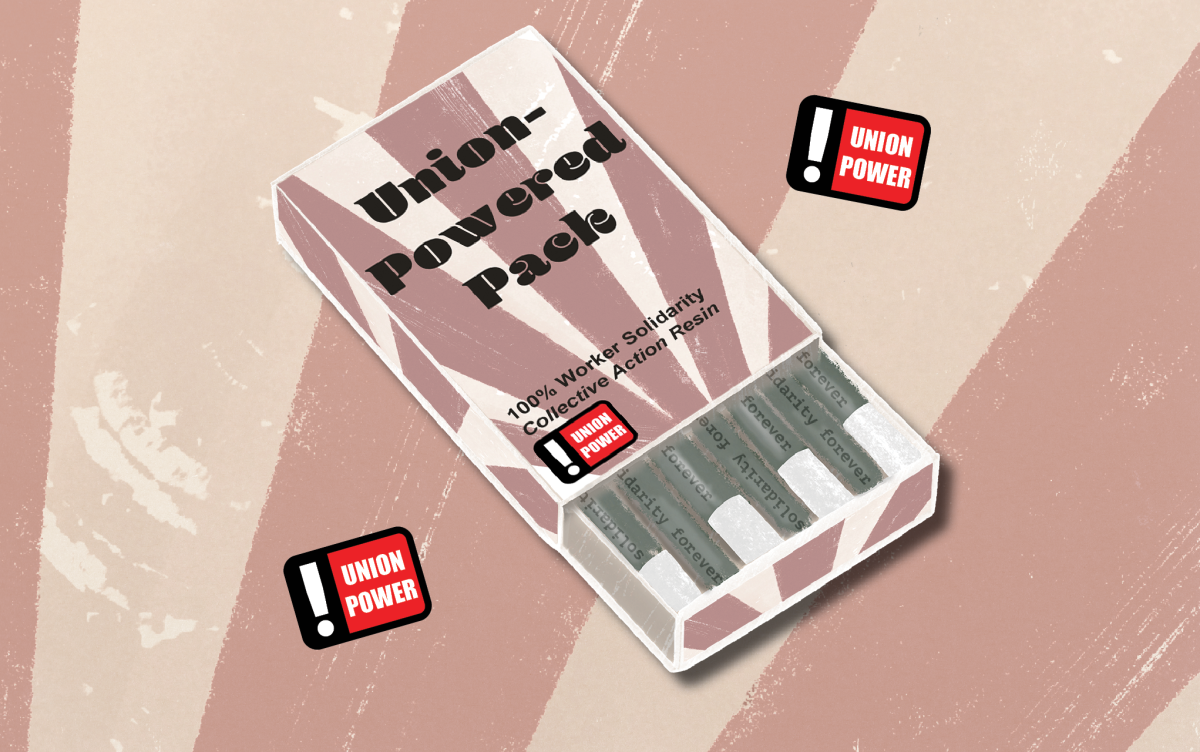 The Era of Demonization
The Era of Demonization
First released in 1936, the film “Reefer Madness” paints a picture of how cannabis was perceived by society in the United States during the earlier half of the 20th century.
Initially released under the title “Tell Your Children,” “Reefer Madness” was directed by Louis J. Gasnier and funded by a Los Angeles-based church group with strong opinions toward cannabis. The film follows multiple high school-aged teens through their experiences with “public enemy number one,” marijuana. Throughout the film, these teens commit several crimes while under the influence of cannabis ranging from rape, a fatal hit-and-run car accident and even murder.
While the events of “Reefer Madness” and the effects of cannabis are very exaggerated, the film intended to warn the public of the “dangers” of marijuana, specifically the parents of teenagers at the time. While the film itself may not have propelled how society perceived cannabis, it reinforced the negative perception of cannabis held by many at this time.
While the societal perspective of cannabis during this era was overwhelmingly negative, it is important to understand where this perspective stems from.
Following the Mexican Revolution of 1910, the United States saw a large number of Mexicans immigrating from Mexico. As Mexicans immigrated to the U.S., they introduced recreational cannabis consumption to many communities that had never experienced it before.
As a result, many anti-drug campaigners linked recreational cannabis use to Mexicans, which was largely successful in a society that embraced the xenophobia of the era. Cannabis was further demonized during the Great Depression when cannabis-consuming Mexicans were accused of “stealing jobs.”
The year after the release of “Reefer Madness”, the Marihuana Tax Act of 1937 was enacted, establishing the first act of government intervention relating to cannabis in the U.S. on the federal level. The Marihuana Tax Act of 1937 imposed a tax on all sales of cannabis and cannabis-related products, including cannabis prescribed by doctors and physicians. For this purpose, the American Medical Association opposed the Marihuana Tax Act of 1937. While this act did not make cannabis illegal, it was the first regulation of many that would lead to cannabis becoming entirely illegal in the U.S. by 1970.
“I remember stories from my mother, who said back in 1929, during the depression that my grandpa would do some bootlegging, growing marijuana to try to keep them alive,” said Julian Galapia, 79.
Galapia, who was born in 1944, grew up in the decades following the Marihuana Tax Act of 1937 and claims that cannabis use in the U.S. was not as prevalent at that time as we may think. Other than stories from his mother, Galapia claims to have never experienced cannabis consumption while growing up. “I didn’t even know what marijuana was, never saw it, and if I did I wouldn’t know what it was.”
According to Galapia, the first time he saw cannabis was in 1967, while he was overseas in Korea serving in the military. However, while he was away, the societal perception of cannabis in the U.S. would begin to shift.
“I got back home in ’69 and everybody was smoking that stuff,” said Galapia.
 The Era of Outlaws
The Era of Outlaws
Released in 1978, “Cheech and Chong’s Up In Smoke”, is a comedic portrayal of how cannabis was perceived in the U.S. from the mid-1960s through the early 2000s.
Often revered as one of the greatest “stoner” movies of all time, the portrayal of in “Up in Smoke,” signifies a drastic shift from the demonization of cannabis experienced in the U.S. during the earlier half of the 20th century. The film, which follows the comedy duo Cheech and Chong on a journey in search of a “lid” (ounce) of cannabis, portrays the consumption of various narcotics. However, cannabis remains at the forefront and is the driving force of this film. Cannabis is portrayed in various forms and methods of consumption throughout the film, most notably in the form of a giant joint and a truck made entirely out of cannabis.
In the years leading up to the release of “Up In Smoke,” changing political and social climates within the U.S. resulted in people developing a different perspective on cannabis, most notably in younger generations.
In 1970, cannabis became entirely illegal in the U.S., following the Controlled Substances Act of 1970. This act subsequently resulted in cannabis being labeled as a Schedule I substance, meaning that it has a high potential for abuse and no medical benefits. Cannabis still retains this title today.
Despite being completely illegal by 1970, cannabis use had become very common in younger generations during this era, as reflected by films like “Up In Smoke.” This period of time would also see cannabis use in the media becoming more common, with popular artists of the day, like Bob Marley, regularly portrayed smoking cannabis, as well as the “hippies,” of this era regularly consuming cannabis and challenging its legal status.
The “counterculture” movements of this era would also support cannabis consumption in defiance of prior generations as well as the government or law enforcement. This is also supported by the portrayal of law enforcement in “Up In Smoke,” which portrays the police as clueless and goofy in their pursuits to crack down on cannabis use.
During this era, reports conducted by the Kennedy and Johnson Administrations would prove that cannabis neither induced violence nor led to abuse of other substances. While these reports did little regarding the reform of cannabis laws during this era, they were the first steps to be taken by the federal government toward reform that would ultimately lead to California becoming the first state to legalize medical marijuana in 1996.
“It seemed to me like it was more readily available,” said Stephanie Ramirez, who was born in 1973. “I wouldn’t quite say that it was accepted, but it was more prevalent.”
Like many in her generation, Ramirez’s perception would shift following medical legalization. “I’d have to say my perception has changed greatly. I realized that the uses for marijuana, especially the medical uses, are very beneficial. Federal legalization is a human rights issue. This is something we know that can make people feel more comfortable, make people not feel sick, make people stay alive, and be able to cope with the side effects of cancer and the chemotherapy and the radiation and the surgery and make them a little bit more comfortable.”
*Note: Stephanie Ramirez is my mother, however, she is a colorectal cancer survivor, who’s opinion on cannabis changed after using it to aid post-cancer related issues and pains.
 The Era Of Reform
The Era Of Reform
Released in 2018, “Weed the People” is a documentary that focuses on the effects of cannabis on child cancer patients. As many know, cancer treatment, such as radiation or chemotherapy, can be painful and harmful to the body, especially when it comes to children going through these treatments. To help alleviate some of the issues that come with cancer treatment, as well as combatting cancer itself, the families in “Weed the People” turned to cannabis for its medicinal purposes. With the main focus of the documentary being on the medicinal benefits of cannabis, it also signifies a shift in the perspective of cannabis in the U.S., moving away from the negative–as well as comedic–perceptions established throughout the twentieth century.
The years leading up to the release of “Weed the People” saw major changes regarding the legal status of cannabis in the U.S. With Calif. legalizing medicinal cannabis in 1996, many states would follow suit throughout the early 2000s, leading to Colorado legalizing recreational cannabis use in 2012. By the time “Weed the People” was released in 2018, 33 states had legalized cannabis for medicinal purposes, and 10 states had legalized cannabis for both medicinal and recreational use.
“I remember dispensaries popping up in Bend, and realizing that you can actually buy weed now,” said Nathan Hughes, who was 14 when recreational cannabis was legalized in his home state of Oregon in 2015.
Hughes’ father, who was born in 1954, making him 61 at the time of the recreational legalization of cannabis in Oregon, held a perspective similar still held by many of the people from his generation. “My dad had a negative perspective of weed at the time,” said Hughes. “I didn’t talk to him much about it when it got legalized, but I remember when I did try to bring it up the conversation would get shut down pretty quickly.”
However, unlike his father, Hughes’ perspective of cannabis is similar to how many people from his generation perceive cannabis. “For the most part, it’s very accepted. It’s just like alcohol, it’s just another thing that we partake in. But it’s also a medicine and has its benefits.”
While the perception of cannabis in the U.S. has evolved significantly since the 1930s, the taboos and stigmas developed throughout the twentieth century still plague the cannabis industry. However, in the years since the release of “Weed the People”, federal legalization of cannabis has never been closer. Should cannabis be legalized on the federal level, it could result in the cannabis industry being changed entirely.
On Oct. 6, 2022, the Biden Administration announced a pardon for those facing federal convictions for simple possession of cannabis, establishing the first step, on the federal level, towards relief for those facing non-violent cannabis convictions. However, while this could have affected over 6,500 people, it did not affect any of those facing state-level cannabis-related convictions. Meaning, it did not affect over 30,000 people currently serving time in prison for state-level cannabis-related convictions, nor did it have any effect on over 200,000 people arrested in the U.S. on charges related to cannabis in 2022 alone.
On Aug. 29, 2023, The U.S. Department of Health and Human Services recommended that the DEA reschedule cannabis as a Schedule III substance. Retaining its Schedule I title, cannabis remains in the same class as opiates and psychedelics. Schedule I substances are also classified as being highly addictive and having no medical benefits, however as we have seen, cannabis does not fit this criteria.
Should cannabis be rescheduled as a Schedule III substance, it would prove to be the next major step toward federal legalization of cannabis, as well as reform for the cannabis industry as a whole. Subsequently, a Schedule III title would allow for more medical research, accessibility for both medical and recreational purposes, and hopefully further relief for those currently incarcerated for non-violent cannabis convictions.
While there is still much work to do regarding the legalization of cannabis in the U.S., we as a society have come a long way since the days of “Reefer Madness.” From being perceived as evil, to being comedic and finally becoming a highly debated topic both medically and politically, cannabis has proven to be much more than just a drug.






